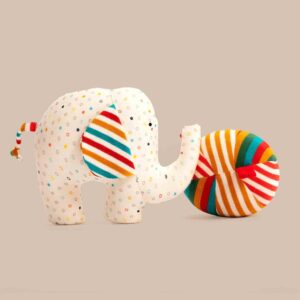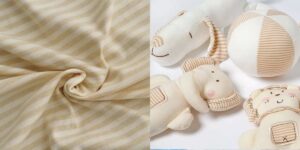Soft toys are beloved companions that provide comfort and joy to children worldwide. Understanding what makes a soft toy truly high-quality helps businesses create products that stand out and satisfy customers.
High-quality soft toys are defined by their physical softness, tactile appeal, safety compliance, thoughtful design, durable materials, and customization options. These characteristics shape the user experience and market success.
Let’s dive into the key traits that differentiate excellent soft toys from ordinary plush products.
1.What physical and tactile properties define high-quality soft toys?

The feel of a soft toy is the first thing children notice. Superior softness, gentle texture, and well-balanced stuffing make the toy inviting and comforting.
Quality soft toys use plush fabrics like velboa, minky, or microfiber, combined with even, resilient filling. This combination creates a smooth, cuddly surface and a satisfying tactile experience.
- Softness: Measured by fabric pile length and fiber fineness.
- Texture: A smooth or slightly textured surface can enhance sensory appeal.
- Stuffing: Balanced filling ensures plushness without stiffness or lumpiness.
- Weight: Proper weight makes the toy feel substantial yet easy to hold.
| Property | Effect on User Experience | Manufacturing Focus |
|---|---|---|
| Fabric softness | Comfort and tactile pleasure | Selecting fine fibers and finishes |
| Texture | Sensory engagement | Combining fabrics or surface treatments |
| Filling balance | Shape retention and softness | Controlled stuffing density |
| Weight | Handling ease | Appropriate filling choice |
Achieving these qualities starts with material selection and precision assembly.
2.How do safety and regulatory standards influence soft toy characteristics?
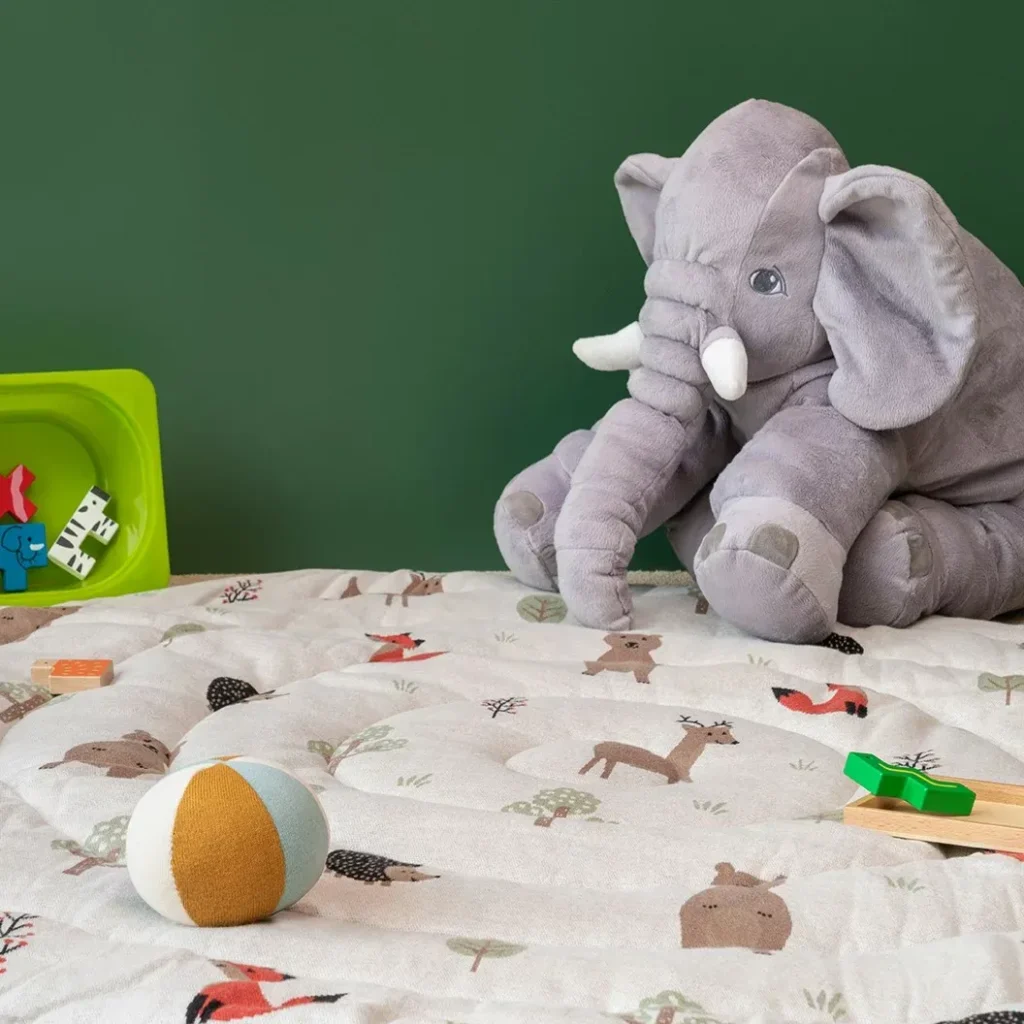
Safety rules set the minimum requirements for materials and construction to protect children. Regulations influence fabric choices, stuffing, stitching, and feature design.
Standards such as ASTM F963, CE, and CPSIA require soft toys to be free from toxic substances, flame-resistant, and mechanically safe. Manufacturers must meet these criteria to access major markets.
- Material Restrictions: Limits on lead, phthalates, and other harmful chemicals.
- Mechanical Safety: No small parts that can detach and pose choking hazards.
- Flammability: Fabrics and fillings must pass fire safety tests.
- Labeling: Clear age and care instructions protect consumers.
| Safety Aspect | Regulatory Focus | Design/Material Implication |
|---|---|---|
| Chemical safety | Non-toxic materials | Certified fabrics and dyes |
| Mechanical safety | Secure parts | Reinforced stitching |
| Flammability | Fire-resistant materials | Use of treated fabrics |
| Labeling | Accurate info | Proper packaging and tags |
Compliance ensures safety and builds consumer confidence.
3.Which design elements distinguish soft toys from other plush products?
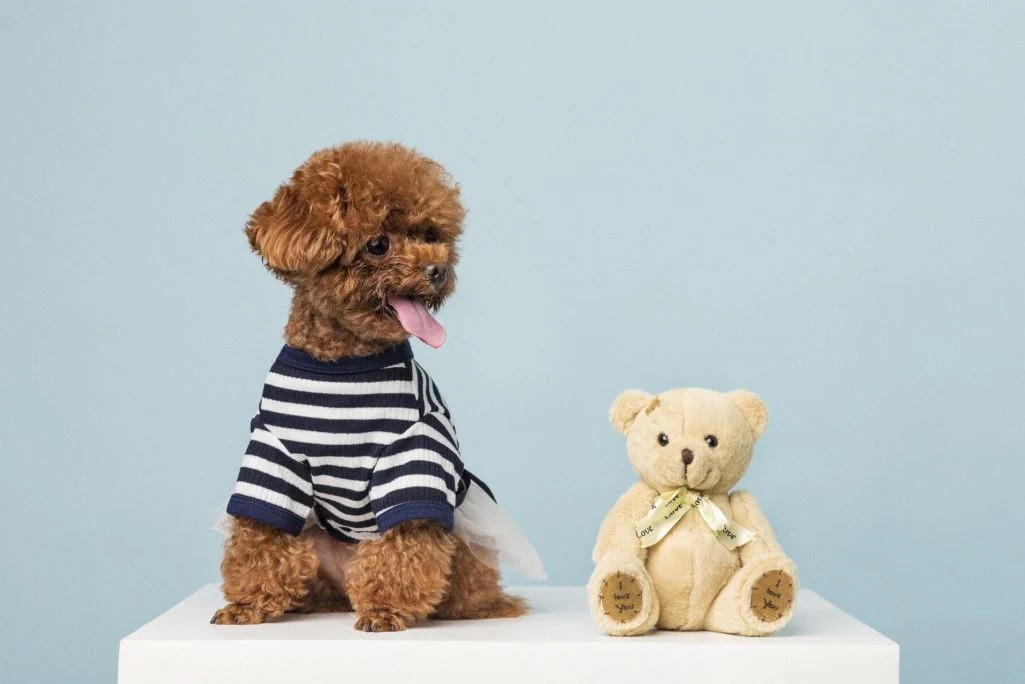
Soft toys prioritize comfort, safety, and interaction over decorative features. Their shapes are ergonomic, and facial features are often embroidered to avoid hazards.
Compared to decorative plush, soft toys emphasize huggability, safe materials, and child-friendly sizes. Sensory elements like varied textures or sound modules add play value.
- Ergonomic shapes: Sized for children’s hands and cuddling.
- Safe features: Embroidered eyes/noses replace plastic parts.
- Interactive elements: Textured patches, crinkle materials, or sounds.
- Color and theme: Designed to engage targeted age groups and markets.
| Design Feature | Benefit | Consumer Appeal |
|---|---|---|
| Ergonomic shape | Ease of handling | Comfort and usability |
| Embroidered parts | Safety and durability | Suitable for all ages |
| Sensory details | Play stimulation | Keeps children engaged |
| Targeted design | Cultural or age relevance | Increases market fit |
Thoughtful design sets quality soft toys apart.
4.How does material selection affect durability and child-friendliness?
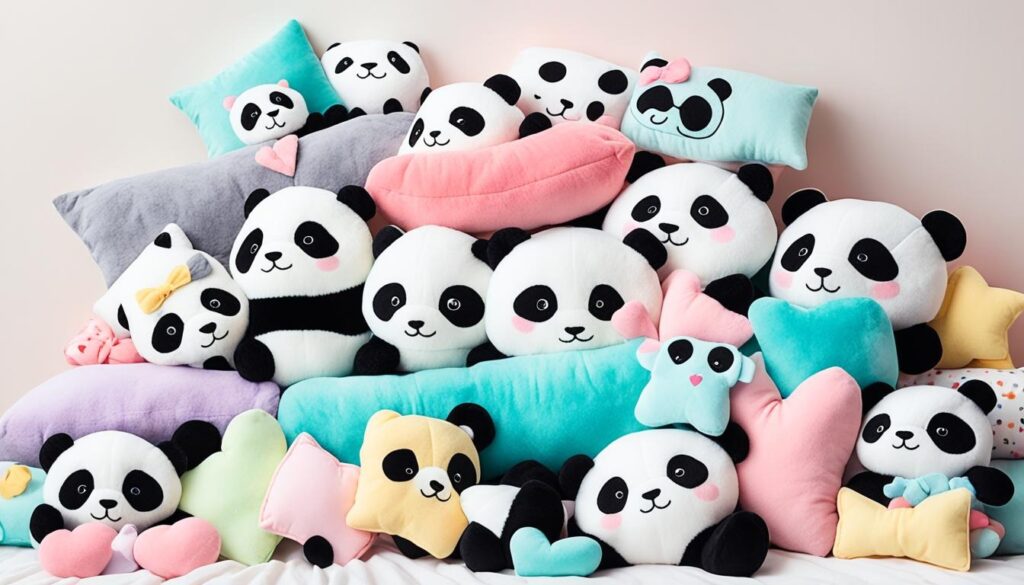
Durable yet soft fabrics prevent wear and ensure long-term use. Hypoallergenic and non-toxic materials protect children’s sensitive skin and health.
Selecting high-quality polyester blends or cotton fabrics, paired with safe fillings like PP cotton, ensures plush toys are resilient and safe for daily play.
- Durability: Dense fabrics resist pilling and tearing.
- Safety: Materials free from allergens and harmful chemicals.
- Comfort: Soft textures and breathable fabrics enhance user experience.
- Washability: Easy-care materials withstand frequent cleaning.
| Material Property | Durability Benefit | Safety and Comfort |
|---|---|---|
| Dense weave | Longer fabric life | Reduces fiber shedding |
| Hypoallergenic | Minimizes allergic reactions | Gentle on skin |
| Non-toxic dyes | Prevents chemical exposure | Ensures child safety |
| Washable fabrics | Maintains appearance | Supports hygiene |
Material choice directly influences product reputation.
5.What customization features are typical in modern soft toy manufacturing?

Customization helps brands tailor toys for specific markets and customers. Popular options include embroidered logos, custom colors, themed designs, and personalized packaging.
Offering customization increases brand visibility and meets consumer desires for unique, meaningful products, boosting sales and customer loyalty.
- Embroidery: Adds logos or names securely.
- Color Options: Match brand palettes or market trends.
- Themed Designs: Align with holidays or promotions.
- Packaging: Unique boxes enhance gifting appeal.
| Customization Type | Client Advantage | Consumer Benefit |
|---|---|---|
| Logo embroidery | Brand awareness | Personalized product |
| Color variants | Market targeting | Choice and exclusivity |
| Themed designs | Seasonal relevance | Enhanced appeal |
| Custom packaging | Differentiation | Attractive presentation |
Customization turns soft toys into memorable brand ambassadors.
6.How do manufacturing processes impact the consistency of soft toy quality?

Consistent quality relies on strict process control, skilled labor, and quality assurance protocols. Material inspection, stitching checks, and final product testing prevent defects.
Strong supplier relationships and regular audits ensure raw material quality. On-site inspections and testing catch issues early, securing reliable, high-quality plush toys for clients.
- Raw material checks: Verify fabric and filling standards.
- Skilled workmanship: Proper stitching and assembly techniques.
- In-line inspections: Identify defects during production.
- Final product testing: Includes safety, durability, and appearance checks.
| Process Step | Quality Control Measure | Outcome |
|---|---|---|
| Material sourcing | Certification verification | Reliable inputs |
| Production | Operator training and SOPs | Reduced defects |
| In-process QC | Sampling and inspection | Early defect detection |
| Final QC | Safety and visual testing | Customer-ready products |
Quality-focused manufacturing builds trust and repeat business.
Conclusion
High-quality soft toys blend durable, soft materials, safe design, customization, and consistent manufacturing to delight customers and meet global standards.
For expert soft toy manufacturing solutions, contact [email protected] or visit Kinwin Plush Toys.






